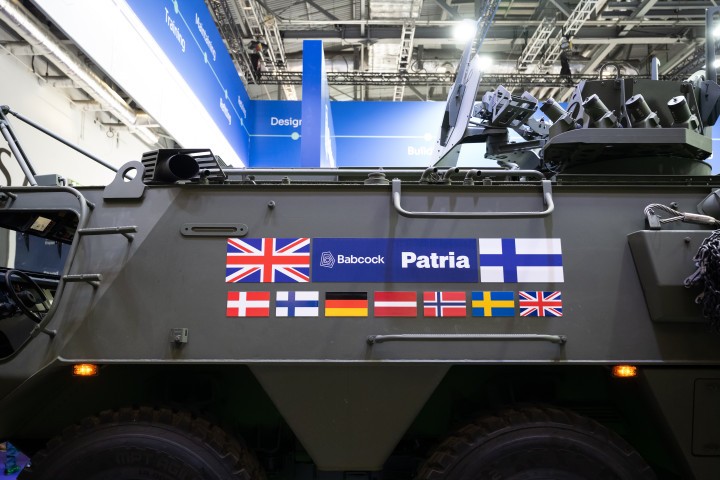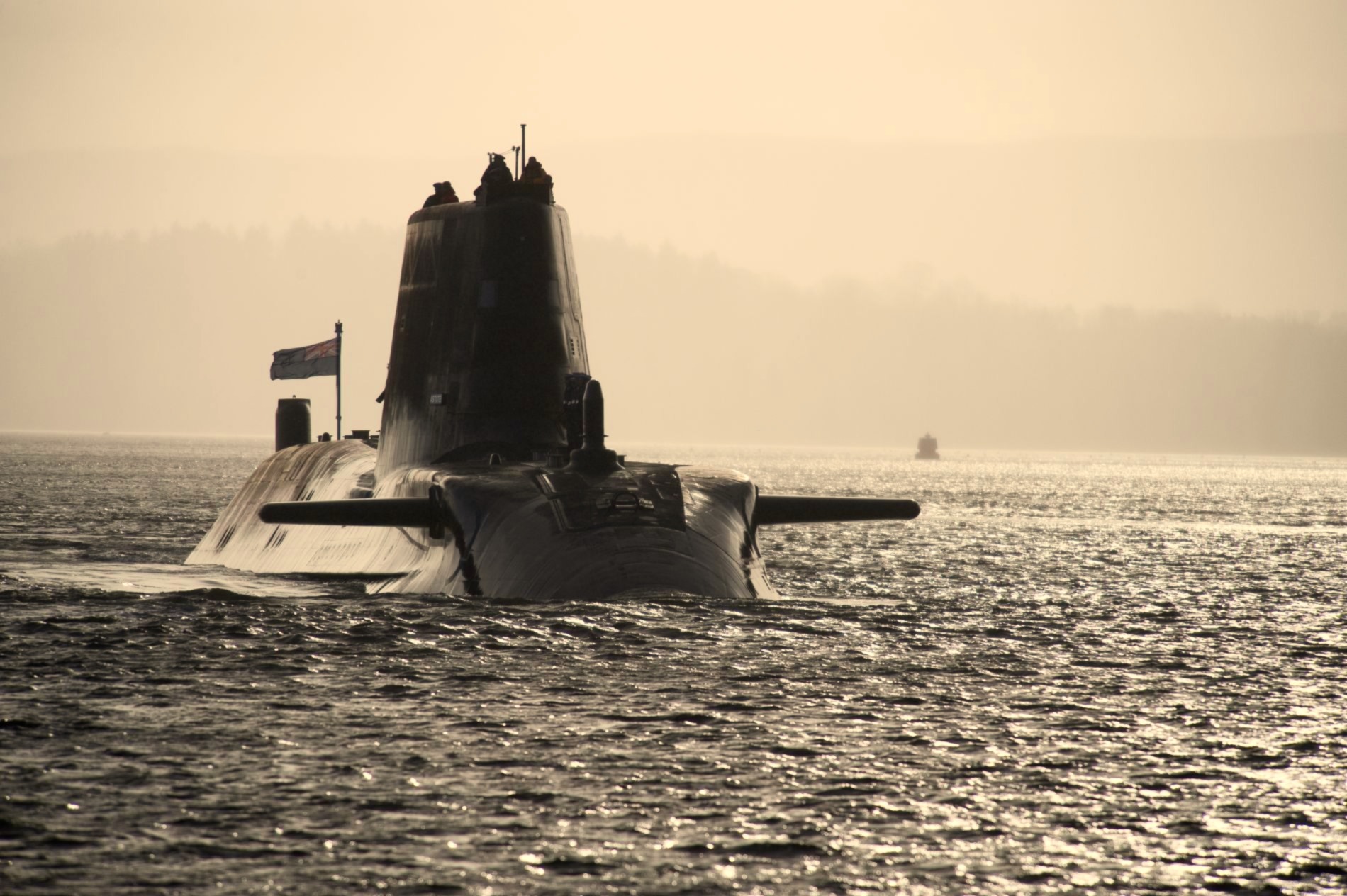UK & US test Naval power systems
 Right:
Royal Navy Type 23 frigate HMS Kent, at speed off the south west coast of Scotland.
Right:
Royal Navy Type 23 frigate HMS Kent, at speed off the south west coast of Scotland.
© Crown copyright 2019
The project has demonstrated the capability to manage the energy demands of novel future capabilities such as the Dragonfire Laser Directed Energy Weapon (LDEW) currently being developed by Dstl & industry.
The Flywheel Energy Storage System (FESS) uses innovative high-speed & lightweight flywheels to provide high-power electrical pulses that these future systems require, reducing the impact of these systems to the rest of the ship, while avoiding the widely reported safety concern around battery-based systems.
Fundamental to the success of the project has been the collaborative testing of the FESS at both UK and US facilities. This was undertaken under the Advanced Electric Power and Propulsion Project Arrangement (AEP3), an arrangement between Dstl and DE&S in the UK, and NAVSEA’s Electric Ship Office and the Office of Naval Research (ONR) in the US. US testing was also supported by US Coalition Warfare Program (CWP) funding.
Both nations utilised a Power Hardware-In-the-Loop (PHIL) approach, where a ‘real’ FESS was integrated into a virtual ship power system emulating a RN ship operating in real-time. This approach offers a cost effective way to develop the hardware and de-risk its integration into a real ship, as well as to develop control and operating approaches.
After testing the FESS at the Florida State University’s (FSU) CAPs facility, the FESS was brought back to the UK and tested at the Power Networks Demonstration Centre (PNDC) in Scotland. This has allowed the UK to develop its PHIL capabilities and allowed both nations to validate their facilities and models against each other.
This work forms part of a planned wider de-risking activity to enable the RN to successfully integrate future energy intensive loads.
Andrew Tate from Dstl, said: "This technology was originally developed by the Williams F1 team and was brought to us for potential use in Defence. We saw an attractive option to bolster defence capability through the provision of more robust and futureproof power systems for naval ships. The development of FESS and the close working we have achieved with DE&S, GKN, PNDC and our US partners has now provided a significant addition benefit in the development of real-time modelling capability and PHIL testing facilities at PNDC."
Kyle Jennett, the PNDC MoD programme Technical Lead said: "This project gave us a great opportunity to showcase the Power Hardware in the Loop (PHIL) test-bed that we’ve developed at PNDC. This test bed lets us connect real-world hardware, like the FESS, to simulated naval platforms to evaluate the impact on the ship during different operational scenarios. This testing can accelerate equipment development, de-risk integration challenges, and limit the need for costly shore demonstrators. In the case of the flywheel the 2-stage testing at PNDC, and coordinated product development with the supplier, has resulted in a significant improvement in the responsiveness and stability of the FESS system."












